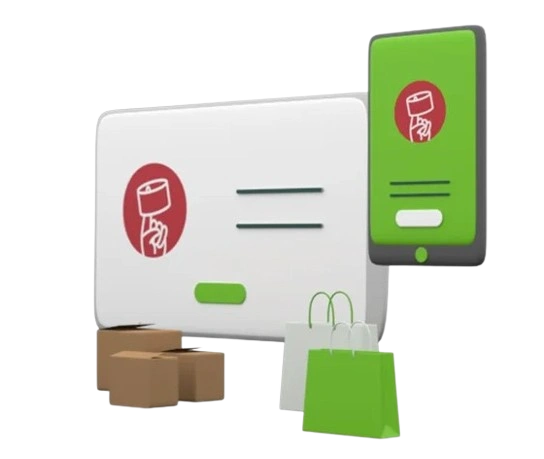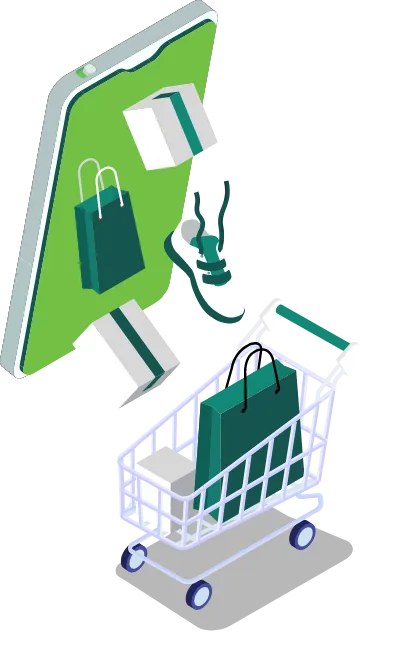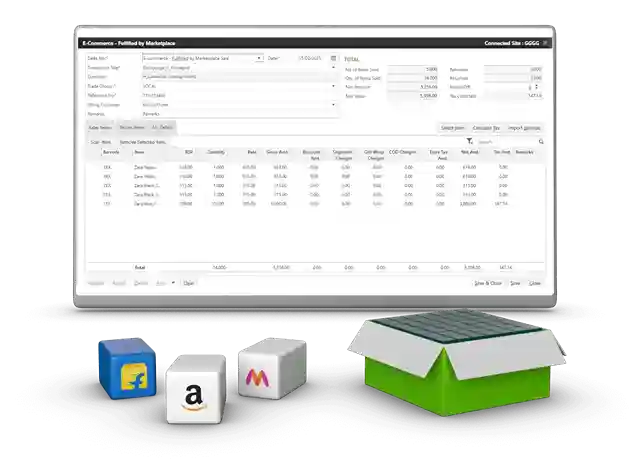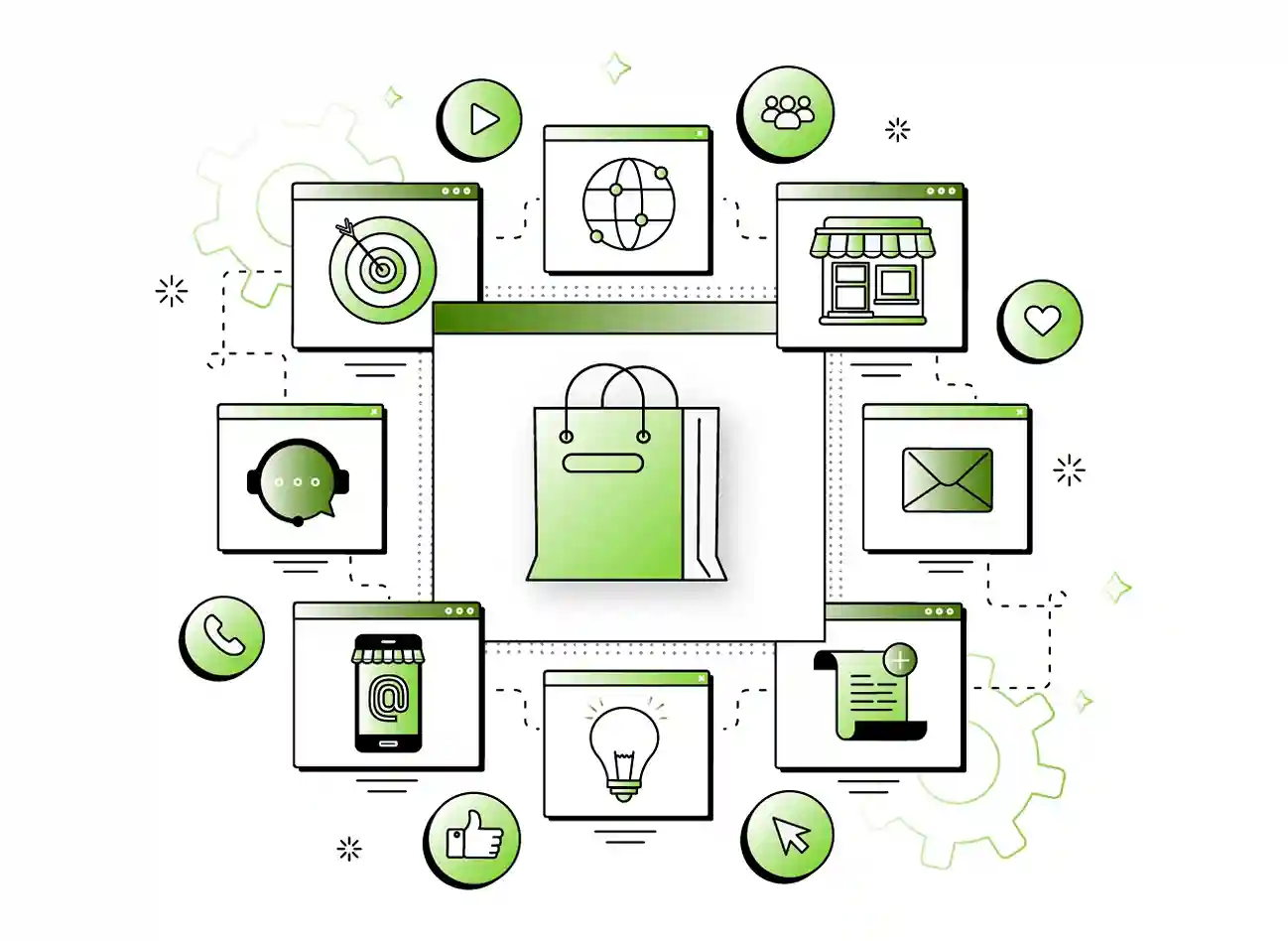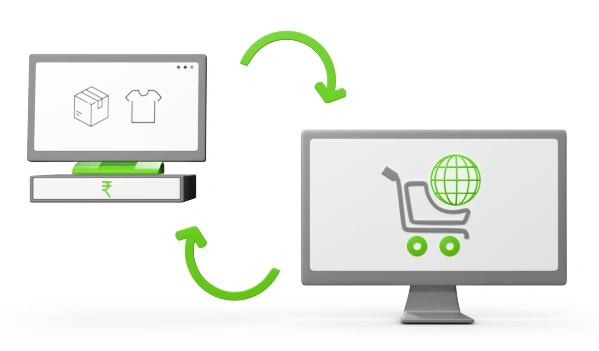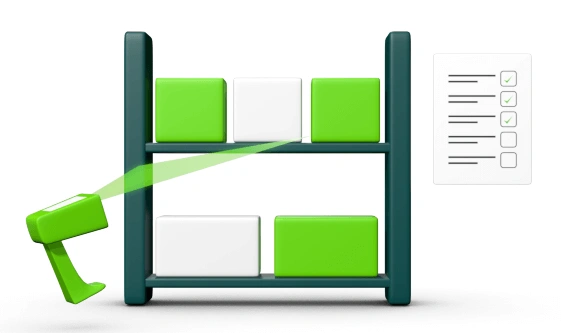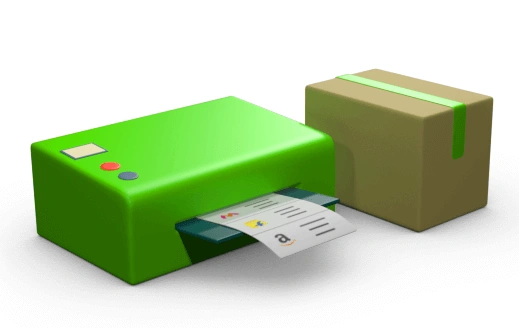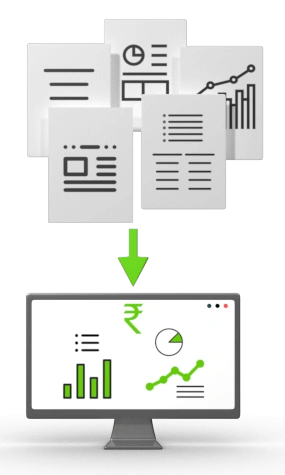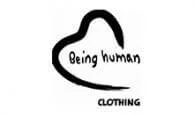Ecommerce is a great way to increase brand awareness, reach new customers and bring a wider catalog to customers. Ginesys ensures that your ERP and POS is synchronized with the shopping cart of your choice and marketplaces.
Ginesys One ecosystem includes an Order and Inventory Management System (OMS) - Browntape that helps integrate with all marketplaces and webstores and manage inventory and orders in one place.
Already a signed up user?
Sign in here
Ginesys Ecommerce OMS, previously known as Browntape, is a centralized ecommerce multichannel order and inventory management software.
Browntape was acquired by Ginesys and has now been fully integrated into the Ginesys One suite as its official Order Management System (OMS), offering more powerful and connected retail solutions.
Ginesys OMS supports Shopify, WooCommerce, Magento, and 60+ marketplaces including Amazon, Flipkart, Meesho, Jiomart, Ajio, Paytm, and Myntra, along with major courier integrations like Shiprocket, Bluedart, and Delhivery.
Yes, Ginesys OMS is built for seamless integration with Ginesys ERP and POS, and also supports integrations with other leading ERP and warehouse systems for end-to-end ecommerce management.
With Ginesys OMS, you can easily sync inventory, update pricing, process orders, and handle picking, packing, and shipping — all from a single dashboard integrated with your ERP and warehouse systems.
Ginesys OMS automates order allocation to warehouses or stores based on stock levels, enables stock reservation for online orders, and brings in-store inventory to marketplaces, making true omnichannel retail possible.
Yes, Ginesys OMS integrates with all major logistics providers. You can create shipping labels, manifests, update marketplaces, and schedule pickups directly within the platform.
Absolutely. Ginesys OMS (Browntape) tracks marketplace payments, deductions, and calculates profit per order/item. These entries are auto-synced into your ERP for accurate financial reconciliation.
Yes, Ginesys OMS is ideal for D2C brands of all sizes, offering scalable solutions for webstore and marketplace integrations, order fulfillment, inventory syncing, and financial reporting.
